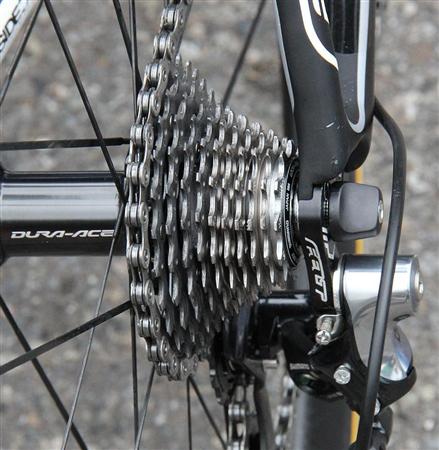Originally Posted By: Brad_C
Originally Posted By: bunnspecial
I know a lot of folks who drive their O/D MGs similarly, except that on an MGB transmission 3rd O/D is roughly the same as 4th no o/d(1:1). For around the town driving, they find cruising in 3rd and kicking it in and out of O/D a lot more convenient than shifting between 3rd and 4th. I'm still kicking myself for not spending the money for an O/D when I changed mine(granted my non-OD was free)-the thought of 70mph at 2800rpms is very appealing
.
The old laycock O/D is not a fan of torque, so popping it in and out in 3rd isn't particularly advisable. If you are going to do it, geting off the loud pedal and using a bit of clutch makes them live a lot longer. Still, it's a lot better for it that kicking it in while in reverse.
We have a '65 TR4A with the laycock, and several of my older Volvo's had them also (4 speed + O/D). Neat little units, but not great with more torque than they were built for and they hate running backwards.
6 speeds is nice in the Diesel Landrover. Boost comes on at about 2k and it's out of puff at 4.5, so the more gears the better (especially when towing).
There again, I don't have one, so I'm primarily speaking second hand.
With that said, the ones in MGs do at least have lock-outs. On earlier units("black label" prvve-74.5) they use a switch(same p/n as the reverse light switch) in the circuit that will only allow the O/D to engage when in the 3rd/4th gate. The later(blue label) units relocate the switch such that it can only work in 4th.
When I considered installing one, all I could manage to turn up(in the 1 week window I had) was a blue label unit. I talked to several folks about converting the box to 3rd/4th operation, and the expedient option was to just bypass the switch. That came with a BIG warning that I had to be smart and not engage it in reverse whatever I did(I did consider wiring up a relay to the reverse light switch). Finally, given how easy it is to swap the transmission I decided I'd rather just wait until a nice black label came up or pay someone to convert the blue label to 3rd/4th operation(along with giving it an overhaul).



